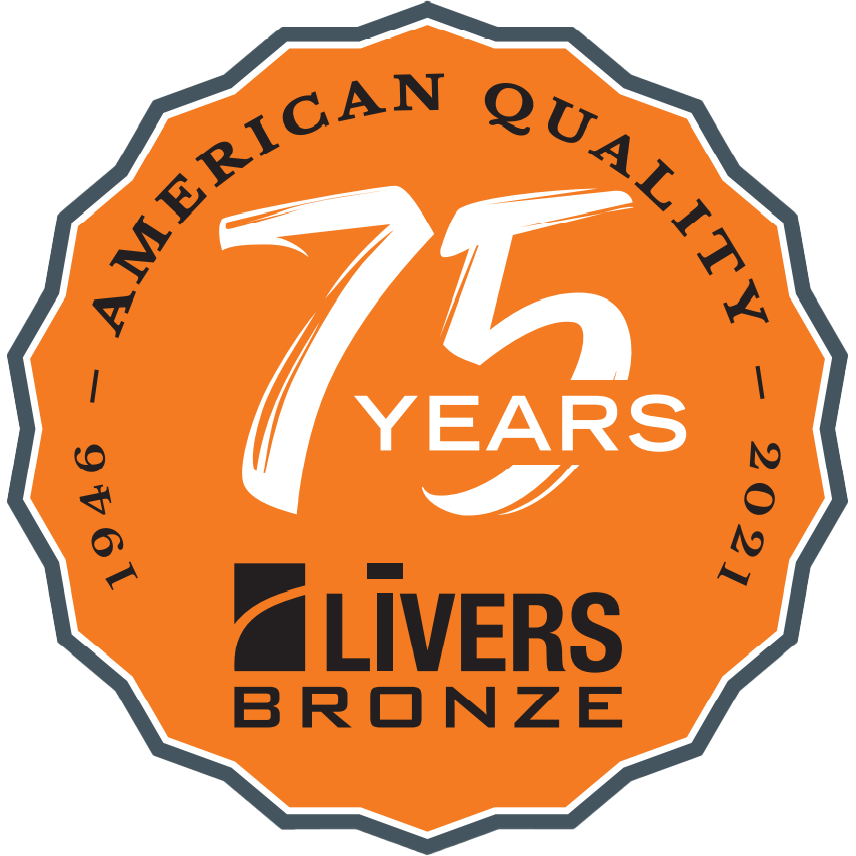Architectural sheet metal design, handrailing and advanced laser technology are not mutually exclusive. On the contrary, the latest laser cutting technology is an essential tool in our arsenal to carry out your most intricate projects without sacrificing design elements or material integrity.
Livers uses this technology for our architectural sheet metal design and handrailing systems, along with various components and materials, these can be cut with precisionthanks to our state-of-the-art laser fabricator. What we used to cut by hand, which was time and labor intensive, is finished in a fraction of the time. Were talking minutes and hours versus days and weeks. The laser operates daily making complex parts used in railings, trim projects, prototypes for mock-ups and research and developmentno breaks, no vacations.
Laser fabrication makes just about any design and functionality requirement possible
 Lasers for architectural sheet metal fabrication were first developed in the 60s and 70s, mostly to tackle hard-to-cut metal projects like titanium. As computer numerical control (CNC) technology progressed, lasers emerged as the more effective option. Then CO2 laser technology was born and is still used today.
Lasers for architectural sheet metal fabrication were first developed in the 60s and 70s, mostly to tackle hard-to-cut metal projects like titanium. As computer numerical control (CNC) technology progressed, lasers emerged as the more effective option. Then CO2 laser technology was born and is still used today.
Livers Bronze, always on the cutting edge and on the lookout for technology that lets us bring your creative ideas to reality, adopted laser fabrication. Its the gold standard in cutting metal fast and accurately. Since the design software can be programmed after the final drawings are complete, our laser fabricator gives you the options and flexibility to create any design in any metal for handrailings and architectural sheet work.
A look under the laser fabricators hood
Livers Bronze uses a dual laser application. This equipment includes an innovative Rotary Index with the power and speed to efficiently cut mid to thick materials. The Rotary Index is located on one of three shuttle pallets, making it extremely efficient to switch from cutting a flat sheet to tube or pipe and back again.
Flat sheets are loaded on the left side of the machine where a 5 x 10 sheet can be carved into different shapes and sizes for trim, structural components, fittings for railings and frames or research and development. If sheets are short enough, they drop into the bins at the bottom of the machine.
The rotary application is on the right side of the laser. The rotary itself can hold a piece of material up to 5 in diameter whether its round, square, rectangular, angles or channels. Basically, anything we can fit into the chuck. The rotary self-feeds one piece of material up to 20 feet long. No babysitting necessary!
This sure beats cutting architectural metal designs by hand, and we should know
Livers Bronze is behind architectural projects across the United States and abroad. Wherever steel, aluminum and stainless steel metals are used, were there.
In the late 1980s, these project materials had to be cut, notched and more by hand, shear or some type of punch during the fabrication process. Between 1995 and 2000, Livers Bronze manufactured over 500 custom elevator cabs for various companies installed locally and overseas. The metal for these projects was fabricated on shears, CNC brakes and turret punches in our factory. And boy, did our arms hurt.
To learn more about our laser fabricator, check out this video below:
